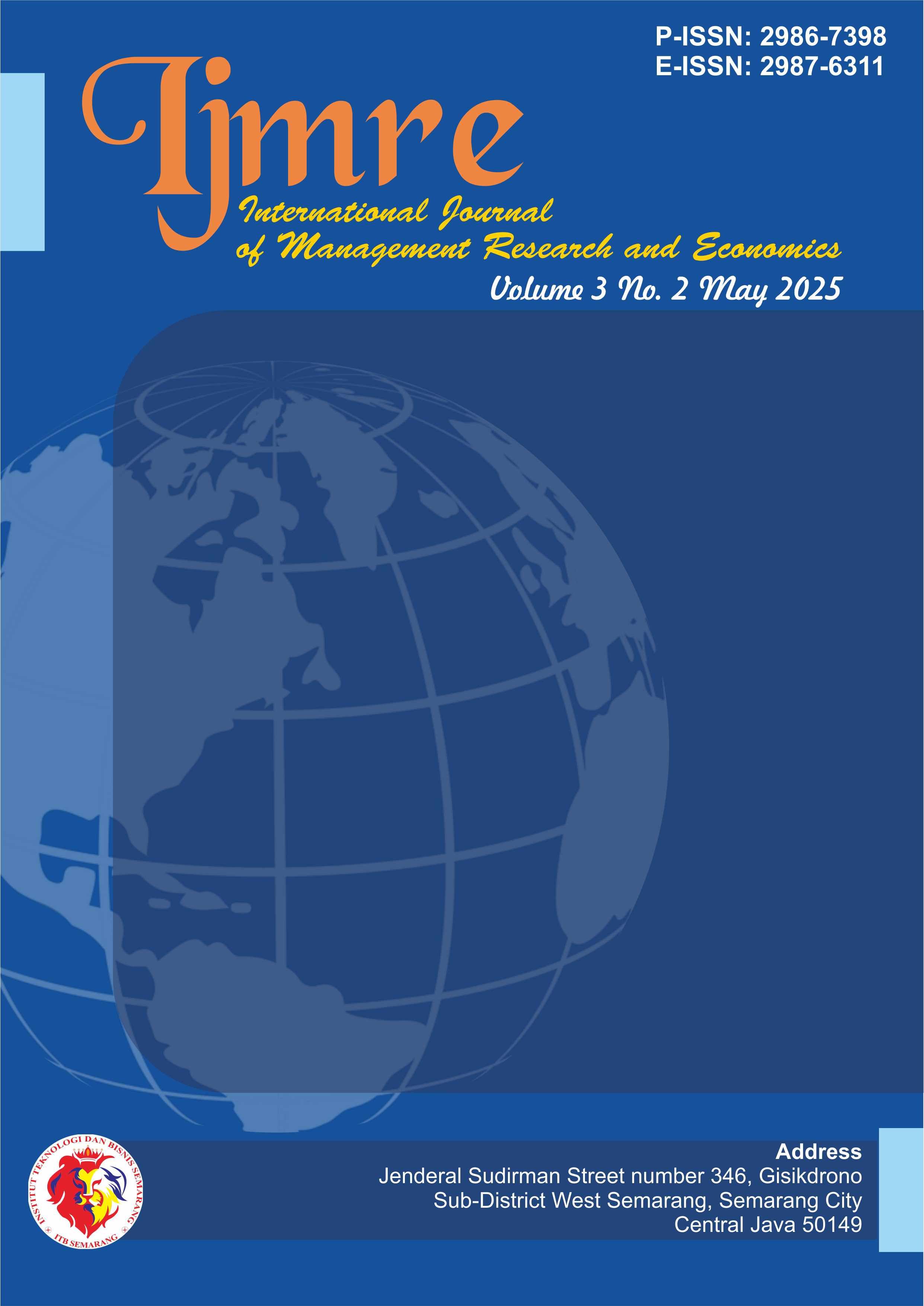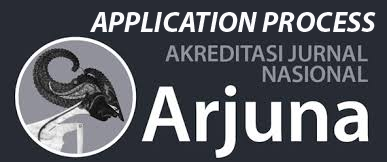Study of Regional Development Planning Towards Sustainable Development in Jember District, East Java, Indonesia
DOI:
https://doi.org/10.54066/ijmre-itb.v3i2.3316Keywords:
Analytical Hierarchy Process, Spatial Planning Policy, Sustainable DevelopmentAbstract
This study aims to identify priority sectors for regional development that support sustainable development in Jember Regency, as well as formulate spatial utilization strategies based on poverty criteria. The method used is the Analytical Hierarchy Process (AHP), which involves four main criteria, namely economic, environmental, regional spatial planning (RTRW), and socio-demographic aspects. Data were obtained from questionnaires distributed to stakeholders such as Bappeda, regional apparatus, academics, and the community. The results of the analysis show that the agricultural sector has the highest weight (0.269), followed by tourism (0.212), organizations (0.183), industry (0.169), and trade and services (0.168). These findings indicate that development must start from sectors that support basic needs and ecological sustainability, namely agriculture, which is also the backbone of the local economy and food security. Policy recommendations include strengthening spatial planning institutions, protecting agricultural land, developing ecotourism, sustainable housing, and empowering MSMEs and traditional markets. The results of this study are expected to be the basis for formulating balanced, participatory, and sustainable regional development policies by the principles of the Spatial Planning Law and Sustainable Development Goals.
References
I. Akbar, Saiman, dan Salahudin, “Effectiveness of Regional Development Planning: A Systematic Literature Review,” J. Ilm. Ilmu Adm. Publik, vol. 11, no. 2, 2021. [Online]. Tersedia: http://ojs.unm.ac.id/iap
Badan Pusat Statistik Kabupaten Jember, Kabupaten Jember Dalam Angka 2021. Jember: BPS, 2021.
M. Bogdański, “Modern theories of regional development – a review of some concepts,” Oeconomia Copernicana, vol. 3, no. 2, pp. 25–41, 2012. doi: 10.12775/oec.2012.007
BPS Provinsi Jawa Timur, Provinsi Jawa Timur Dalam Angka 2023. [Online]. Tersedia: https://jatim.bps.go.id
J. M. J. Catudan, “The Impact of Tourist Arrivals, Physical Infrastructure, and Employment on Regional Output Growth,” Procedia - Soc. Behav. Sci., vol. 219, pp. 175–184, 2016. doi: 10.1016/j.sbspro.2016.05.003
A. Indrajit et al., “Implementation of the spatial plan information package for improving ease of doing business in Indonesian cities,” Land Use Policy, vol. 105, 2021. doi: 10.1016/j.landusepol.2021.105338
F. Kultsum, “Implementasi Asas Berkelanjutan Dalam Penyusunan Rencana Tata Ruang Wilayah Provinsi Dan Kabupaten/Kota Di Indonesia,” LITRA: J. Huk. Lingkung. Tata Ruang Dan Agraria, vol. 3, no. 1, pp. 1–17, 2023. doi: 10.23920/litra.v3i1.1314
A. T. Kurniawati dan D. M. Munir, “Analytic Hierarchy Process (AHP) untuk Penentuan Rangking Penggunaan Lahan,” J. Res. Technol., vol. 3, no. 1, 2017.
D. Mao, J. Zhang, H. Lu, dan R. Guo, “Assessment and analysis of the balance between economic development and ecological environment protection...,” Heliyon, vol. 10, no. 3, 2024. doi: 10.1016/j.heliyon.2023.e23785
H. Mattila dan A. Heinilä, “Soft spaces, soft planning, soft law: Examining the institutionalisation of city-regional planning in Finland,” Land Use Policy, vol. 119, 2022. doi: 10.1016/j.landusepol.2022.106156
O. Mupepi, M. M. Matsa, dan J. Hove, “A GIS and AHP drought risk analysis approach in arid south-western Zimbabwe,” Nature-Based Solutions, vol. 6, 2024. doi: 10.1016/j.nbsj.2024.100149
A. S. Nezhad dan A. Z. Rezaei, “Application of Analytical Hierarchy Process (AHP) in productivity of costs of Quality,” pp. 184–189, 2015.
H. Rabiei-Dastjerdi et al., “Spatial distribution of regional infrastructures in northeast Iran using GIS and Mic Mac,” Heliyon, vol. 7, no. 6, 2021. doi: 10.1016/j.heliyon.2021.e07119
E. Ramieri et al., “Designing and implementing a multi-scalar approach to Maritime Spatial Planning: The case study of Italy,” Marine Policy, vol. 159, 2024. doi: 10.1016/j.marpol.2023.105911
M. Sadeghi dan A. Ameli, “An AHP decision making model for optimal allocation of energy subsidy in Iran,” Energy Policy, vol. 45, pp. 24–32, 2012. doi: 10.1016/j.enpol.2011.12.045
F. Salsabila dan P. B. Santosa, “Analisis Kriteria Jamak dan AHP untuk Evaluasi Kesesuaian Lokasi Pengembangan Kawasan Industri di Kabupaten Wonogiri,” JGISE, vol. 7, no. 1, p. 91, 2024. doi: 10.22146/jgise.98131
J. Sharma, “Asymmetric relationship between tourist arrivals and employment,” Tourism Economics, vol. 10, no. 20, pp. 1–19, 2020. doi: 10.1177/1354816620910000
P. Shen, “Assessment of child-friendly spatial environment in urban communities based on fuzzy AHP,” J. Eng. Res. (Kuwait), 2024. doi: 10.1016/j.jer.2024.05.020
G. Stoeglehner dan L. Abart-Heriszt, “Integrated spatial and energy planning in Styria – A role model for regional energy transition,” Renew. Sustain. Energy Rev., vol. 165, 2022. doi: 10.1016/j.rser.2022.112587
S. Sugianto, “The Role of Digital Villages in Tourism-Based Community Economic Empowerment in Sidomulyo, Jember,” Wealth: J. Islam. Bank. Financ., vol. 2, no. 1, pp. 59–72, 2023. doi: 10.24090/wealth.v2i1.9454
S. Sugianto, Model Pemberdayaan Ekonomi Berbasis Kampung SDGs terhadap Kesejahteraan Masyarakat, Yogyakarta: UIN Sunan Kalijaga, 2025. [Online]. Tersedia: https://digilib.uin-suka.ac.id/id/eprint/70741/
Downloads
Published
How to Cite
Issue
Section
License
Copyright (c) 2025 International Journal of Management Research and Economics

This work is licensed under a Creative Commons Attribution-ShareAlike 4.0 International License.







